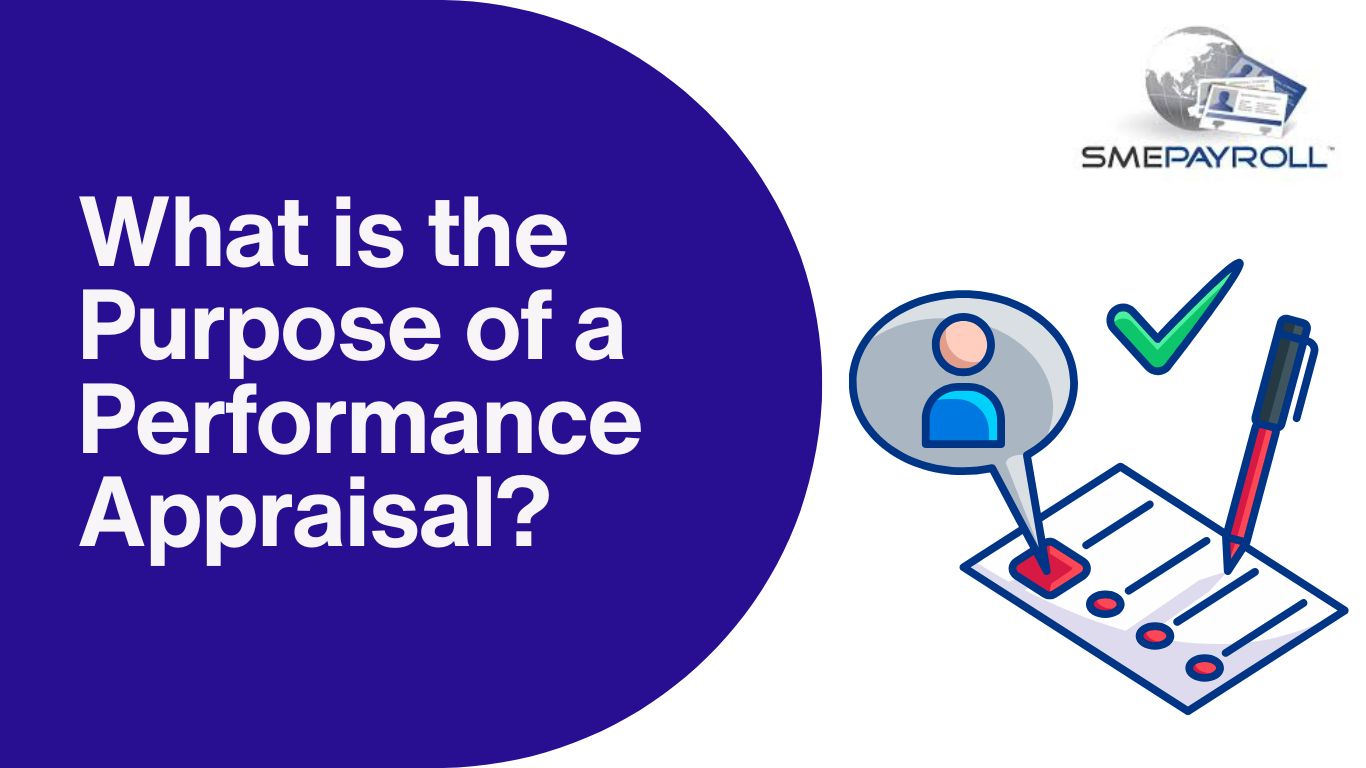“The tier 3 engineers in my company now know the salaries of tier 1, and have been asking for arbitrary appraisals, there were some 20 resignations in that one month only, it was disastrous”. A large-scale highway design consultancy CEO said this while I was interviewing him to understand the impact and benefits and features to look for in modern payroll software. They have selected some random payroll service providers which were not only inefficient but failed to handle the discretion. The software crashed because of load and everyone was able to get everyone’s salary slip.
If you would just Google about “Top Features to Look for in Modern Payroll Software”, there would be some 20 different names boasting about their services, but there would be only some 2-3 who have really published guides for people to know about the whole process and how should they select one and what features are essential when it comes to security of the IP, tax compliance and deductions as per local labor laws.
I have tried to cover the gap and have designed this easy to comprehend guide to know not the best, but the essential features you must look for in payroll software, while selecting one.
Table of Contents
Essential Features to Look for in the Best Payroll Software
Payroll Automation
An ideal payroll software must completely automate the payroll process, calculating employee salaries, wages, bonuses, overtime, commissions, deductions (such as taxes, benefits, and retirement contributions), and other variables. This must ensure total elimination of manual data entry which eradicates human errors and reduces the time spent on administrative tasks.
Also Read: A Step-by-Step Guide to singapore cpf contribution 2025
Tax Compliance
The best quality must be equipped with an adaptive tax engine that automatically and accurately calculates federal, state, and local taxes for all employees of different salary slabs. This would help organizations ensure that they are compliant with updates on labor laws and tax regulations.
Employee Self-Service Portal
Payroll software’s primary purpose is to provide self-service to the employees, which is essential to empower employees to take full control of their payroll details. This ensures that employees could easily access their pay stubs, tax forms (like W-2s), benefits details, and leave balances (vacation, sick days, etc.).
Direct Deposit and Payment Options
Another common yet important feature of modern payroll software is to contain and efficiently handle the ability for direct deposits. This ensures that employees receive their paychecks/salaries timely directly into their bank accounts without any need for paper checks.
Seamless Time Integration
Time tracking integration must be the seamless connection for information flow between time-tracking systems and payroll software which ensures the automatic transfer of employee attendance, working hours, overtime, and leave data.
Customizable Reporting
Additional important features to generate customizable payroll reports is another crucial aspect for making informed and updated business decisions, maintaining financial transparency and ensuring ideal management instead of blindly being reliant on what AI generated is. A strong payroll software must ensure that HR and finance teams are timely producing various reports for compliance audits.
Integration with Other Systems
Payroll software must be adaptive to other business systems like accounting software, HR management tools, time-tracking solutions, and benefit management platforms. This feature will reduce any requirement for redundant data entry which ensures that employee data is consistent across systems improving the overall efficiency.
Expense & Compensation Management
Expense and compensation management simply is about the systematic process of administering all employee salaries, bonuses, benefits, and reimbursable expenses. This ensures the accuracy of tracking, and reporting of payments and expenses.
Data Privacy & Security
Payroll software is made up to handle sensitive employee data, like Social Security numbers, bank account information, and salary details, which will only enable them to fulfill the purpose. Which simply implies that the software must be equipped with strong security protocols like encryption, secure access controls, and multi-factor authentication.
Scalability
Growing is what every company always desires. If the payroll software integrated becomes inefficient because of the load and complexity of tasks, it could be chaotic. The payroll software must be adaptable to scale up and match the pace with the organization goals. This ensures that businesses seamlessly could continue growing leveraging the payroll softwares.
Choosing A Payroll Partner
While you select your payroll provider, you must factors like your business size, required features, cost structure, data security practices, ease of access, customer support, integration capabilities with your existing systems, and the service provider’s reputation for compliance and accuracy which would only ensure they can help you scale;
Key points to consider when choosing a payroll provider;
- Cost and Pricing Structure
-
- Per-employee fee: Cost as per the total number of employees on payroll.
- Monthly subscription fee: Fixed monthly charge regardless of employee count.
- Hidden fees: Try understanding any potential additional charges for specific services.
- Ease of Use and User Interface
-
- Intuitive platform: User-friendly interface for data viewing and navigation.
- Mobile accessibility: Ease of access payroll functions on mobile devices.
- Customer Support
-
- Availability: Easily accessible customer service with simple options like phone, email, and live chat.
- Technical expertise: Ability to resolve payroll issues promptly.
Also Read: How to Check Your Foreign Worker Levy Status
Steps to choose a payroll service provider:
- Assess your business needs
- Research potential providers
- Request demos
- Compare pricing and contracts
- Consider data security practices
- Check references
Conclusion
Make sure you understand the needs of your company and then prepare a budget. Make a list what features or services you mainly need in the payroll service. There are many reputed ones which apart from offering complete packages also offer segregated features which helps even the small scale companies to leverage the payroll softwares. Understand the type of features offered by top ones, prepare the cost structures and most importantly understand the cost added for the add-ons services, which quite hugely impact the whole invoices generated in the last.






















Leave feedback about this